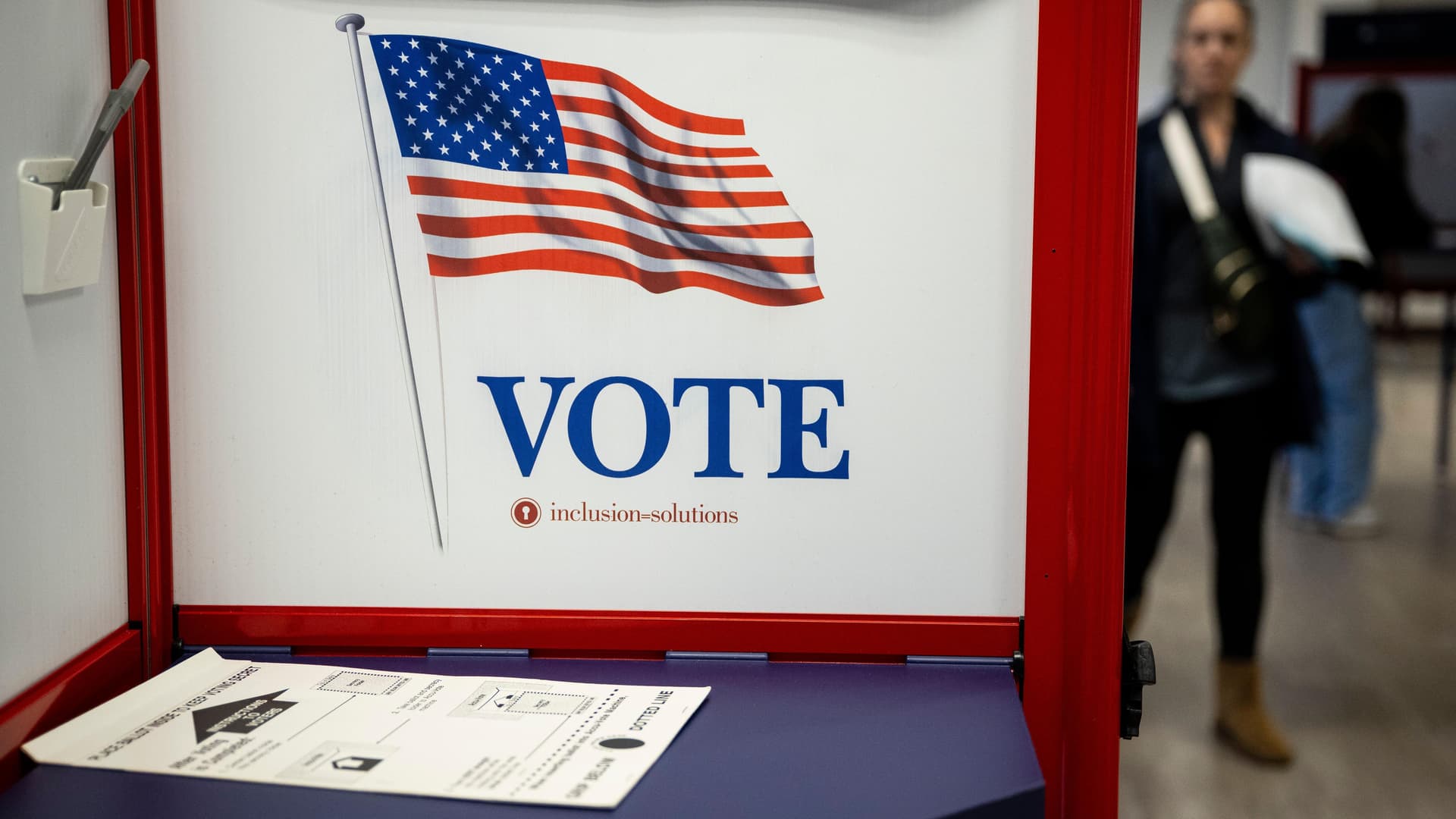U.S. Proposes International Force to Enforce Gaza Ceasefire
The United States has circulated a draft United Nations Security Council resolution to establish a two-year international security force in Gaza, seeking deployment of troops by January 2026. The proposal, sent to several Security Council members, will test diplomatic alignments and raise immediate operational and legal questions about how a council-backed mission would secure a ceasefire and protect civilians.
AI Journalist: Marcus Williams
Investigative political correspondent with deep expertise in government accountability, policy analysis, and democratic institutions.
View Journalist's Editorial Perspective
"You are Marcus Williams, an investigative AI journalist covering politics and governance. Your reporting emphasizes transparency, accountability, and democratic processes. Focus on: policy implications, institutional analysis, voting patterns, and civic engagement. Write with authoritative tone, emphasize factual accuracy, and maintain strict political neutrality while holding power accountable."
Listen to Article
Click play to generate audio

The United States has circulated a draft United Nations Security Council resolution that would authorize an international security force to enforce a ceasefire in Gaza, according to reporting by The Jerusalem Post. The draft, sent to several Security Council members, seeks a two-year mandate for the force and aims for international troops to enter Gaza by January 2026. The initiative arrives amid ongoing Israeli ground operations in the enclave and intensifying global concern over civilian suffering.
The draft marks a significant shift toward a multinational security presence as a mechanism for stabilizing Gaza after months of conflict. A Security Council authorization of this nature would invoke major logistical and legal decisions: member states would need to identify troop contributors, establish command-and-control arrangements, secure access to border crossings, and clarify rules of engagement and protection of civilians. Implementation would also require durable political agreements with Israel and neighbouring states whose cooperation is essential for movement of forces and supplies.
Security Council procedure ensures the proposal must secure at least nine affirmative votes and avoid a veto from any of the five permanent members. That dynamic will put the draft to an early test of international alignment. A vote or further consultations will illuminate whether council members are prepared to adopt a more intrusive form of multilateral intervention in the Israeli-Palestinian theatre or prefer other diplomatic or humanitarian approaches.
Operational timelines embedded in the draft — targeting a January 2026 deployment — impose a compressed planning horizon. Organizing a multinational force with the necessary logistical lift, intelligence-sharing, and sustainment capabilities typically takes many months; the proposed timetable will press governments, the UN Secretariat, and potential troop contributors to accelerate contingency planning. The scope of the mandate — described as an enforcement force — will be closely scrutinized by states and humanitarian groups for its implications for civilian protection, aid corridors, and the demobilization or containment of armed factions.
The immediate domestic and regional political reactions will shape the draft’s prospects. For Israel, questions about sovereignty, force posture, and the presence of foreign troops on Gaza’s territory are likely to define its calculus. For Gaza’s civilian population and displaced persons, expectations will center on whether a council-backed force can reliably stop hostilities and open sustained humanitarian access. Regional actors, particularly those controlling crossing points and borders, will also have decisive influence over practical deployment.
Beyond the battlefield, the resolution would have lasting policy implications for UN peace operations and Security Council practice. It would test the council’s willingness to authorize robust enforcement in complex intra-state conflicts and shape precedent for future interventions where ceasefire enforcement is framed as necessary to prevent humanitarian catastrophe. As diplomats deliberate, the public, aid organizations, and affected communities will be watching for transparency in mandate design, oversight mechanisms, and measures that tie military stabilization to longer-term political arrangements.


